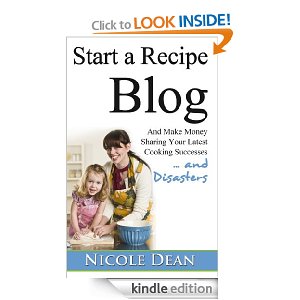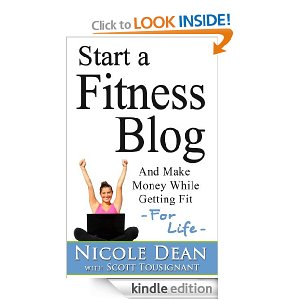How to Organize Your Finances – Part II
Once you have your financial paperwork organized, it’s time to focus on your budget. There are lots of ways to plan a budget that fits your lifestyle. Here are a couple that have worked for countless people over the years.
Old-Fashioned Planning
On a monthly basis, sit down and figure out what bills you have to pay and determine how much money is left over for spending. Be sure to incorporate things like child care and groceries and expect the unexpected. Start putting aside some money for things like car repairs, appliance purchases, and other things that you may need to spend money on that you didn’t originally plan for.
The Envelope System
It’s been proven that when you have cash on hand (rather than using a debit card), you tend to spend less. The envelope system is a simple way to keep cash around and budget your spending accordingly. You set up several envelopes and then label them with what you will spend that money on. Examples include:
- Groceries
- Entertainment
- Clothing
- Hobby
Put the allotted amount of cash in each envelope once you look to see what is reasonable for each category. When the money is gone for the month from that envelope, that’s it. It may take a couple months to figure out the appropriate amounts in each, but soon you will figure out how much you can afford and you will spend more wisely. Plus, you may find yourself not spending everything in the envelope and you can carry that over the to the next month.
The 10% Rule
Once all the bills are paid and you know how much you have left over, you could use the 10% rule to divvy up the money remaining. This is how it works:
- Save 10% in a savings account
- Give 10% away to charities or other organizations you support
- Spend 10% on things like entertainment, a new outfit, or something fun
The remaining 70% is your living expenses like groceries, purchasing necessities for your child, etc.
Eliminate the Extraneous
To save yourself money in the long run, take a long hard look at all your finances to determine what you really need and what you can live without. Do you really need that extravagant cable package? Or could you live without the movie channels and other bells and whistles? Do you need both a landline and a cell phone or can you just rely on one? Scrutinizing your utilities like the amount of energy and water you use will also help. Little things like setting a timer when you’re in the shower and unplugging your television and computer at night can really add up in the savings column.
Think Before you Buy
As a semi-reformed impulse buyer, I know how easy it is to fill up your cart with that must-have item in the store. Generally, I get home and wonder what I was thinking when I purchased it. Stopping before you pick up another item at the store and asking yourself “Do I REALLY need this or can I live without it?” can cut back on that extra spending.
Keep a Record
I once did an exercise where I wrote down everything I bought for a week and how much I spent. It was a very eye-opening experience for me as I was spending money on things I really didn’t need to buy. Try doing it for one week and identify where most of your money goes. Is it to food, coffee, and snacks? Trinkets at the dollar store? How about paperbacks you just couldn’t resist in the drug store? All of these items add up pretty quickly and realizing what areas you are weakest in will help the next time you find yourself reaching for something to buy.







